In my electronics book, it says that a transistor can be considered to be made up of either two back - to - back or two front to front diodes, but I fail to see how current can flow through a transistor from collector to emitter then.
In a circuit with two front to front diodes no current would be able to flow, so how come it can in a transistor? Why is the base current not included in the "output" i.e the collector or emitter current?
EDIT: I just realised the book is talking about digital signal to the base is not included. It's not talking about the current.


